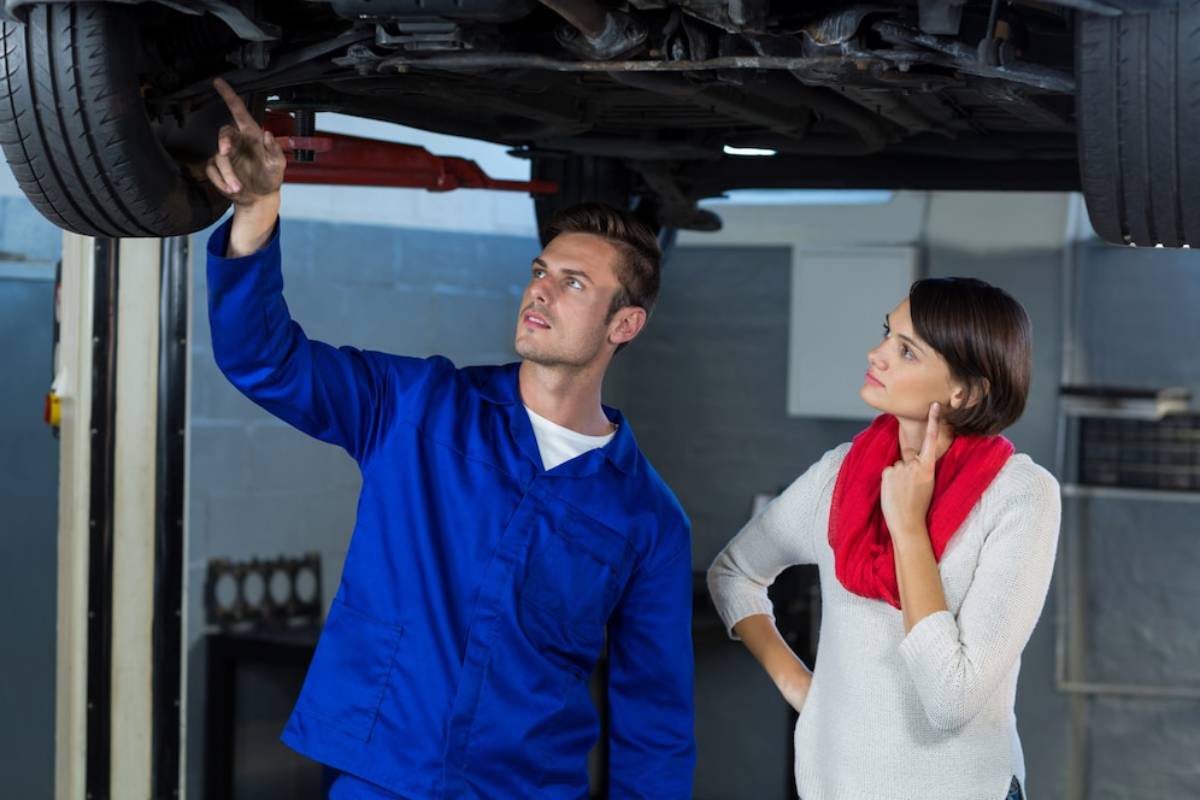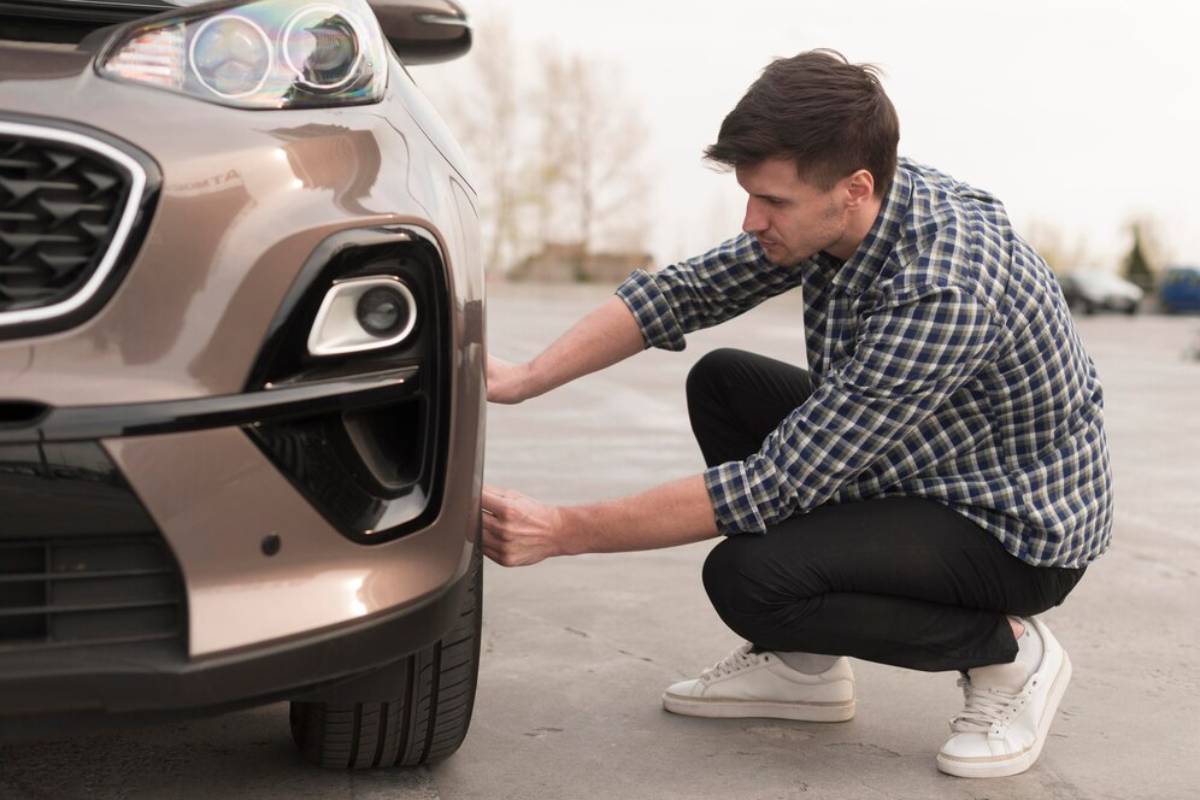
How to Improve Your Car’s Handling with Sway Bars
In car performance, your vehicle’s handling is key to an exciting drive. The sway bar, or anti-roll bar, plays a vital role. It boosts stability and control by reducing body roll in corners. Let’s explore sway bars, their benefits, and how they can enhance your car’s cornering skills.
Key Benefits of Sway Bars: Why They Matter
Sway bars are the unsung heroes of your car’s suspension system. They work to limit body roll, enhancing your handling skills like a seasoned dancer. By keeping your car level through turns, they distribute weight evenly among all tyres. What’s the payoff? A symphony of grip and exhilarating driving dynamics.
One significant benefit of sway bars is their ability to enhance cornering. They reduce body roll, allowing drivers to navigate curves with confidence. This upgrade is ideal for those who enjoy spirited driving or motorsports.
Sway bars also balance ride quality. They help maintain control over bumpy roads, reducing excessive movement that can disturb passengers. This blend of performance and comfort makes sway bars popular among car enthusiasts.
Understanding How Anti-Roll Bars Work

It’s essential to understand how sway bars function. Sway bars act like torsion springs, linking your suspension’s left and right sides. They typically attach to the chassis and connect to suspension parts with end links.
As you approach a corner, the outer suspension compresses while the inner one stretches, creating a body roll. The sway bar helps reduce roll. It twists and shifts weight from the outer to the inner suspension, keeping your ride level and boosting grip.
Sway bars come in various sizes and stiffness levels, much like a custom suit. Thicker sway bars resist roll for a stiffer ride, while thinner ones offer a softer feel. Choosing the right sway bars for your driving style enhances handling.
Step-by-Step Guide to Improving Your Car’s Handling with Sway Bars
Now that we know how sway bars work let’s look at how to improve the handling of your car.
Step 1: Assess Your Vehicle’s Current Setup
Before making changes, check your car’s suspension. Look for any existing sway bars and inspect them for wear. Worn sway bars can hurt performance. Also, consider your driving style, as this will help your sway bar choice.
Step 2: Choose the Right Sway Bars
With a clear understanding of your car’s needs, it’s time to select sway bars that match your driving goals. Pay attention to bar thickness, material, and adjustability. Thicker bars are for performance, while thinner ones are better for comfort.
Consider adjustable sway bars for better control over handling. These allow you to tweak stiffness by repositioning the end links, creating a customised driving experience.
Step 3: Installation Process
Installing sway bars is a straightforward task if you have some mechanical skills. If you’re unsure, it’s best to hire a professional mechanic.
The installation usually involves replacing old sway bars with new ones. Follow the manufacturer’s instructions and torque specifications for a secure fit. Also, check the end links and bushings for wear and replace them if necessary.
Step 4: Test and Fine-Tune
After installing the sway bars, test your car’s handling. Drive it over different terrains and watch how it performs in corners and bumps. Make any needed adjustments to the sway bar settings to find the right balance between comfort and performance.
Additional Expert Tips & Common Mistakes to Avoid

While sway bars are great for performance, watch out for common mistakes. One is over-tightening sway bar end links, which can lead to wear and affect suspension. Always follow the manufacturer’s torque specs for secure but gentle fits.
Don’t forget to upgrade other suspension parts alongside sway bars. To maximise handling, consider enhancing shock absorbers and springs. This holistic approach ensures a cohesive suspension setup.
Be aware of how sway bars affect ride comfort. Stiffer sway bars can improve cornering but may also make the ride bumpier. Finding the right balance between performance and comfort keeps your driving enjoyable.
Advanced Insights & Expert Recommendations
For advanced sway bar tips, consider corner balancing. This method adjusts weight distribution and fine-tunes the preload on the sway bars, ensuring that each tyre keeps optimal contact with the road.
Consulting with a suspension specialist can provide tailored recommendations based on your vehicle and driving style. These experts can offer valuable insights into sway bar selection, installation, and tuning to enhance your car’s handling.
Conclusion: Elevate Your Driving Experience
To summarise, sway bars are your car’s best friend on the road. They sharpen handling and elevate your driving experience to new heights. By minimising body roll, they ensure you glide smoothly through corners. Whether you’re a thrill-seeker or a leisurely driver, sway bars deliver undeniable advantages.
First, evaluate your vehicle’s setup—the cornerstone of performance. Next, choose the sway bars that suit your ride; the right ones make a difference. Follow installation guidelines like a map, leading you to success. Steer clear of common pitfalls, and don’t hesitate to seek expert advice when in doubt. This way, you can unleash your car’s ultimate handling prowess!
Why delay? Embark on your path to precision driving today! Experience the rush of every turn, whether you’re gliding through curves or racing the clock. Sway bars strengthen your bond with the road, transforming your driving into exhilaration.